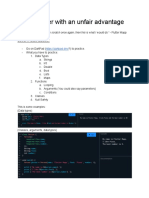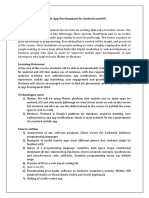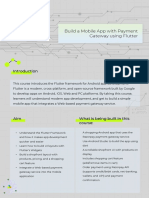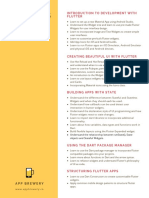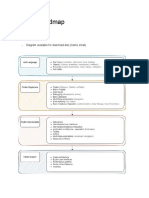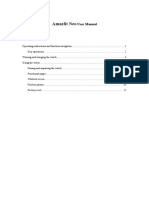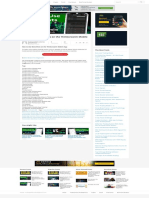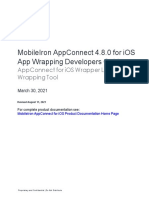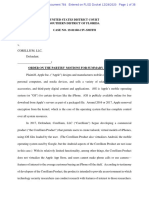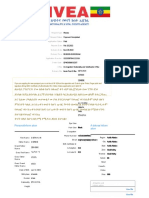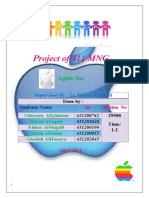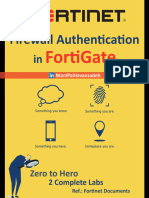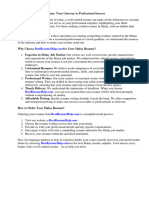0% found this document useful (0 votes)
28 views14 pagesFlutter Training Document
The Flutter Training Document outlines a structured training program for learning Flutter, starting with setting up Git and understanding mobile application basics, followed by hands-on practice in building Flutter apps. It emphasizes the importance of understanding topics deeply, practicing coding, and adhering to Git guidelines for version control. The document includes daily learning goals and resources for mastering Flutter components, architecture, and state management over the course of eight days.
Uploaded by
Taha SohailCopyright
© © All Rights Reserved
We take content rights seriously. If you suspect this is your content, claim it here.
Available Formats
Download as PDF, TXT or read online on Scribd
0% found this document useful (0 votes)
28 views14 pagesFlutter Training Document
The Flutter Training Document outlines a structured training program for learning Flutter, starting with setting up Git and understanding mobile application basics, followed by hands-on practice in building Flutter apps. It emphasizes the importance of understanding topics deeply, practicing coding, and adhering to Git guidelines for version control. The document includes daily learning goals and resources for mastering Flutter components, architecture, and state management over the course of eight days.
Uploaded by
Taha SohailCopyright
© © All Rights Reserved
We take content rights seriously. If you suspect this is your content, claim it here.
Available Formats
Download as PDF, TXT or read online on Scribd
/ 14
